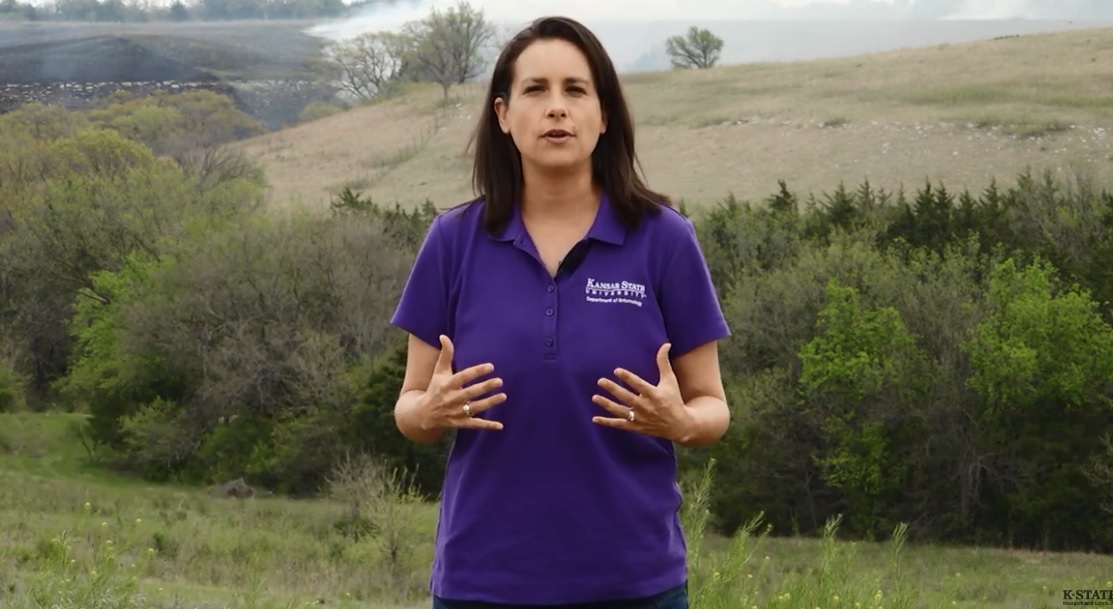Spring burning can help control the insect population.
State Research and Extension veterinary entomologist Cassandra Olds explains why burning in the spring is an effective way to control the horn fly and tick populations in pasture and grassland areas.
Olds notes studies indicating that pasture burning reduces the population of horn flies by as much as 40%. A 2023 study conducted at K-State’s Beef Stocker Unit concluded that cattle grazing on spring burned pastures had lower horn fly burdens early in the season, and higher weight gains later in the season.
“When we’re looking at ticks, it gets a little more difficult,” Olds said, noting that regardless of when a pasture was burned, tick populations were reduced. Spring burning, however, seems to have the greatest effect.
“This is because of the life cycle of the tick,” Olds said. “Ticks spend the winter period hiding in the leaf litter where they are insulated, then wait for the temperatures to increase and the daylight hours to be right. Then they come out of the over-wintering period and find a host.”
“In the spring, what we’re really trying to do is burn that leaf litter before it’s warm enough that the ticks come out and find a host,” she said.
View the full video, including Olds’ recommendations for control, at https://youtu.be/mbTRC8rjTXw.



